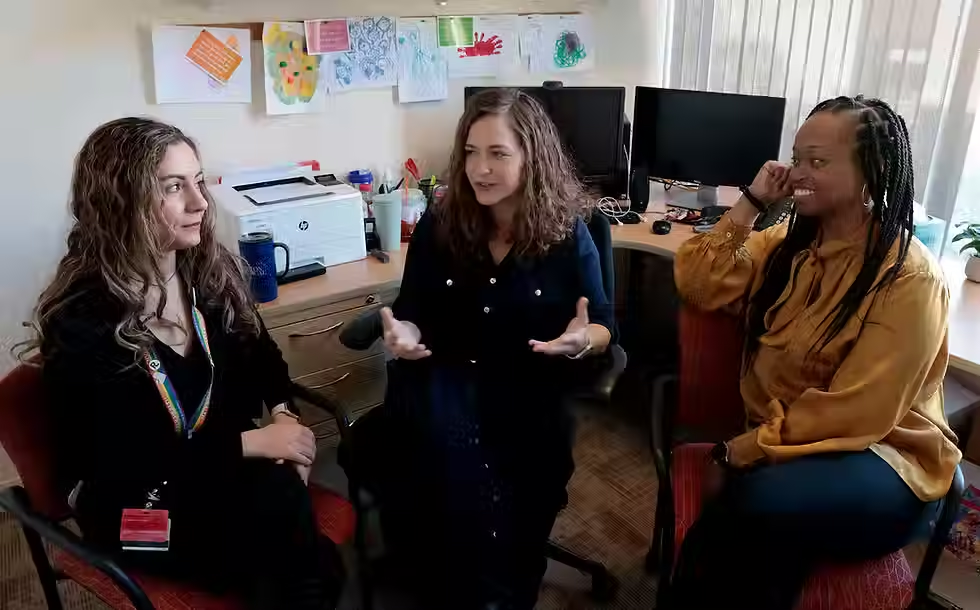Racism as an implementation barrier that drives PTSD inequities
- RESTORE

- Oct 28, 2024
- 2 min read
Updated: Nov 13, 2024
Racism is a public health problem contributing to stark disparities in health outcomes among racially or ethnically marginalized populations. Decades of mistreatment have created a medical landscape that normalizes discrimination and fosters differential treatment based on race.
Recent studies have shed light on racial disparities in PTSD treatment outcomes and treatment completion, underscoring the need to explore the impact of racism on access to high quality treatment and the potential need to adapt interventions to support trauma experiences compounded by racism. For example, conventional PTSD treatments may fall short in addressing the unique needs of individuals grappling with racial oppression and trauma due to a wider range of stress responses and lack of cultural responsivity.
A recent study conducted by Dr. Valentine, the Director of RESTORE, delved into the experiences of racism as potential barriers to PTSD treatment implementation. In a study funded by the National Institute of Mental Health (NIMH), she conducted interviews with Boston Medical Center clinicians, including primary care providers, psychiatrists, nurse practitioners, and social workers, to understand provider perceptions of racism within healthcare settings and the impact of racism on patient care.
Key Findings.
The need to acknowledge ongoing racism in health care settings, not just historical harms.
The need to acknowledge racism at the individual and system level, and that supporting individuals harmed by racism requires a dual commitment to reducing harm within their system
Validating patients' experiences of racism as trauma is paramount to developing trust and supporting retention in PTSD treatment.
Culturally responsive treatments are imperative, tailoring interventions to encompass the language, values, and stressors specific to diverse cultural or racial groups.
Medical providers struggle initiating conversations about racism in care settings
Medical providers from racial and ethnic minoritized groups are disproportionately burdened with educating their colleagues while also coping with their own experiences of racism in their workplace.
Next Steps.
We need to increase the diversity of the healthcare workforce. To retain a diverse workforce, health systems need to attend to the unique stressors experienced by providers of color. This may require supervisory or peer support programs to build community among providers or additional pay for work supporting a move to anti-racist systems.
PTSD treatments must be evaluated for the need for cultural adaptation. For example, making changes to treatments to address dual burden of trauma and discrimination-based stress
Providers need training in cultural humility that is distributed across all training experiences. By integrating discussions about racism into clinical training, providers can create a more inclusive and empathetic clinical environments.


